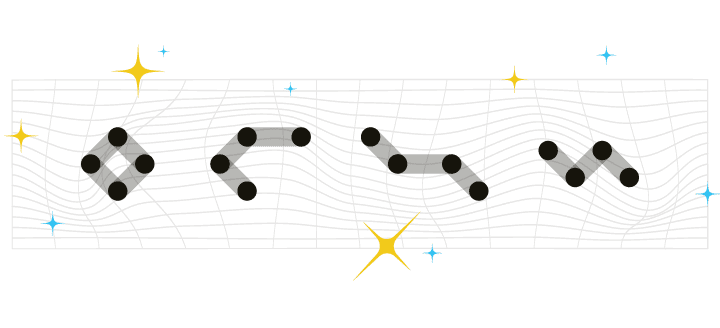Mid-Funnel Marketing: What Is It?
During the customer journey, your customers go through several distinct stages of interacting with your brand—this is known as the marketing funnel. Typically, it’s divided into three stages: top, middle, and bottom.
The top of the funnel refers to customers who are new to your brand, and the bottom of the funnel refers to customers who are about to make a purchasing decision. So what’s in the middle?
The Middle of the Marketing Funnel
In essence, mid-funnel marketing is marketing to customers who are already aware of your brand, but need more time to evaluate their options. They’re considering a variety of solutions to their problem, and are researching your brand but not ready to make a commitment. There is, however, the intent to purchase.
Customers at this stage are familiar with your brand—either through inbound marketing (like a Google search or a social media share from a friend), outbound marketing (like an advertisement), or potentially via a referral.
They’re beginning to fully understand your offering, but you haven’t won them over yet, and you may face a crowded field of competitors. To convince them to buy from you, you need to understand each customer's pain points, and then find ways to show them how your solution helps them solve their unique problems. By grouping those customers with similar pain points and needs into marketing personas, you can connect with individuals at scale.
As a marketer, your goal is to nurture leads to move them from the middle to the bottom of the funnel, and ultimately convert them into paying—and recurring—customers.
Ideas for Mid-Funnel Marketing
When you’re marketing to the middle of the funnel, you want to go beyond building brand awareness, as you would at the top of the funnel. It’s important to develop marketing campaigns that are focused on engaging the customer, building trust in your brand, and educating them about the solutions you offer.
Here are some strategies for effective mid-funnel marketing.
Email Marketing
Email marketing is a highly effective channel to deliver targeted mid-funnel content to your customers, which you can tailor based on their interests and engagement levels. For instance, if a customer has read one of your blog posts about your sustainability initiatives, you might send them a link to a video showcasing how you repurpose materials to create your products.
Content Marketing
Content marketing is a good way to build trust in your brand, and is effective at every stage of the funnel, but you should develop different content types for different buyer stages. For the middle of the funnel, it’s fine to feature your brand in your content, but don’t go into a detailed sales pitch. Types of content that can be effective at this stage include blog content, ebooks, webinars, podcasts, case studies, solution briefs, and other long-form content that helps a potential buyer understand how your brand can help them solve their problems. Because customers are already familiar with your brand at this point, they’ll likely come across your content via your website or app, or via links on your social media platforms. Make sure to present them with options to sign up for push notifications for new content, as well as an email newsletter.
Free Trials or “Freemium” Offers
When a customer is in the middle of the funnel, they may not be ready to turn over their credit card, but they’re open to seeing what your brand can offer. Depending on your brand, you might offer a free trial of your product for a limited time period (say, 30 days), or offer a permanently free “lite” version of your main product with fewer features than the paid version.
Driving Engagement with Mid-Funnel Customers
When a customer is in the middle of the funnel, you have their attention, but it’s easy to lose it. You need to maximize engagement at this phase by responding to their behavioral cues with relevant content to help you build a stronger relationship with the customer.
To do this effectively, use a cross-channel marketing platform, like Iterable, to respond to customers’ actions with content that helps them answer their questions, on the channel that’s right for them at any given time. For example, if a customer reads a blog post about DIY wall paneling on your home improvement app, you can send them an in-app message linking to a video showcasing how to do it with your brand’s wall paneling kit. If they view the blog post on your website, however, you might default to email marketing to share the video link.
You can continue to nurture them by sending sequenced content across different channels, based on the level of engagement they respond with. For example, if the customer didn’t view the email you sent you might follow up with an SMS message showcasing the same link. With Iterable’s best-in-class cross-channel marketing platform, you can move fluidly across channels, using email, SMS, social, in-app messages, push notifications, and direct mail as channels to engage with your customers at any point in time. Data is shared between channels and integrated into a centralized database, so your customers will receive content that continually builds on previous messages and is highly relevant to what they’re seeking at that point in time.
Summary
By developing clear content and informational messaging that help customers evaluate your solution and understand how it ranks against competitors, you can stay top-of-mind with mid-funnel marketing prospects and help them build trust in your brand. And, at the point when they’re ready to make a buying decision, you’ll have already laid the foundation to help them select your brand.































